What is the most important instrument for winemakers to make an ideal wine in China? Hear Li Demei’s analysis on the ‘hidden risks’ in Chinese wineries.
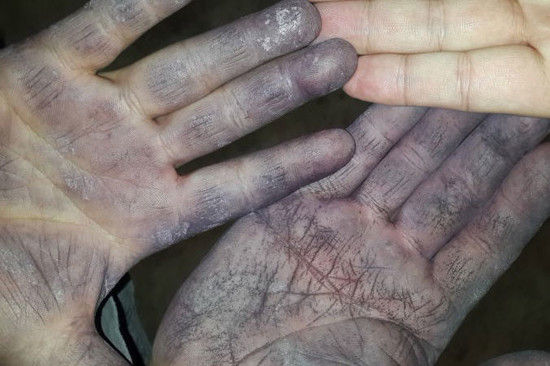
The ancient Chinese saying has it; a workman must sharpen his tools if he wants to do his work properly.
The modern tools in the hands of winemakers
The same rule applies to winemakers: if they want to make satisfactory wines, they’ll need to prepare the right tools.
Ever since humans started to make wines, either intentional or unintentional, they have been perfecting their tools while developing the wine industry.
The use of sulphur dioxide has extended the preservation period of wine, thus boosted the development of aged wines. The discovery of yeast and the use of yeast selection have made wines taste purer. The application of lactic bacteria has stabilised the wine and improved the sensual quality of wines. Temperature control technology in wineries has made the winemaking process more accurately managed. Sorting, destalking, crushing and pressing equipment are being refined with time, producing raw materials with higher quality for winemakers to work on. The choice of fermentation vassals of different shapes and materials can further improve the extraction efficiency and make more integrated wines. The list continues...
The needs to make better wines have put spurs to the evolution of winemaking equipment, which is in turn reinforcing the development of the industry.
Better tools in winemakers’ hands means improved quality of wine and even revolution in the way industry works. It is therefore almost an instinct for winemakers to welcome new tools with open arms.
However, there are always turns and twists along the road. There are naturally failures in adopting any new technology, and when some succeeded and made their names in the wine world, some failed and disappeared. New technologies can be a double-edged sword in winemakers’ hands.
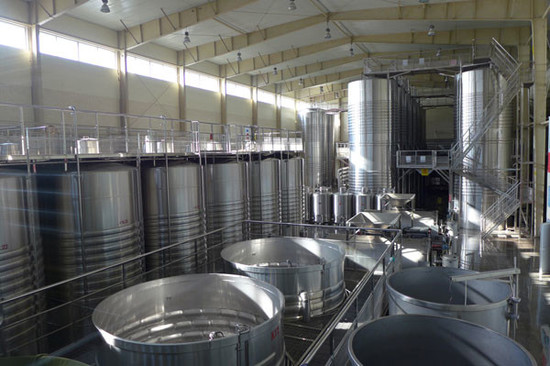
The responsibility of a winemaker
Wines are largely promoted (at least in China) as a form of art, attracting many ambitious and passionate investors and winemakers striving to make their ideal piece of art. Some of them are so obsessed with the ideal that they forget the fact that wines should be, first and foremost, a sellable product.
The true value of a wine need to withstand the test of the market. Those cannot are not eligible products—they are merely the luxurious creations for the ego of the investors.
Yes the use of new technology may improve the quality, but it may also increase the costs. In a rational market, if the new market value created by the technology is not enough to cover the costs, the fate of this wine is predictable.
Keep on improving the quality of a wine is certainly one of the key responsibilities of a winemaker, but not the only one. Reducing the costs of the production while maintaining the quality from a commercial point of view is also what winemakers should strive for.
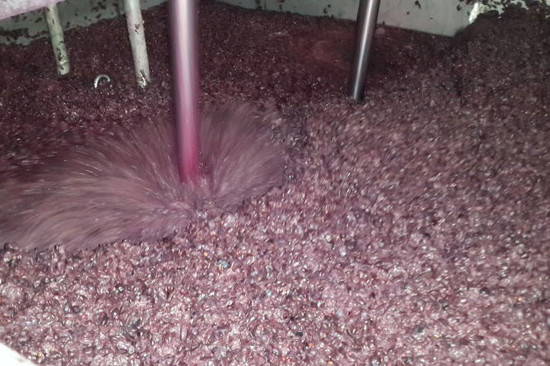
The hidden crisis in Chinese vineyards
From the south to north, Chinese wine regions are now finishing their 2016 harvest, which started as early as the end of June.
A friend of mine is a passionate wine lover. He would visit China’s key wine regions every two years during his annual leave.
Besides enjoying the brilliant views of the vineyards, drinking plenty of wines, the urbanites find themselves submerged in the colourful local culture and cuisine—mark my words: Wine tourism is truly a business worth exploring.
In the last few years, the quality of Chinese wines has improved significantly. I assumed that this must be exhilarating for him as a wine lover; in fact, he felt worried after the visit.
‘Compared to the state of the vineyards, the renewal of equipment in wineries is simply too fast,’ he said. ‘Many wineries I visited were very proud for owning the world’s most state-of-the-art equipment. However, the vineyard management hasn’t caught up, which is potentially building up an enormous operational risk.’
The best ‘tool’
This should have been the worry of the trade, not the wine lovers. Everyone seems to be talking about the ‘mismatch’ between vineyard management and the equipment in the winery. We’re also keen about the idea that ‘good wines come from the vineyard’.
However, changes may not become visible in the vineyards until three to five years; the quality of wines needs even longer to show any improvement. These need far more patience and determination from the owner than simply buying shiny new equipment.
Many winemakers have forgotten a simple fact that the best ‘tool’ for them to realise their wine dream is quality fruit; equipment is only there to help.
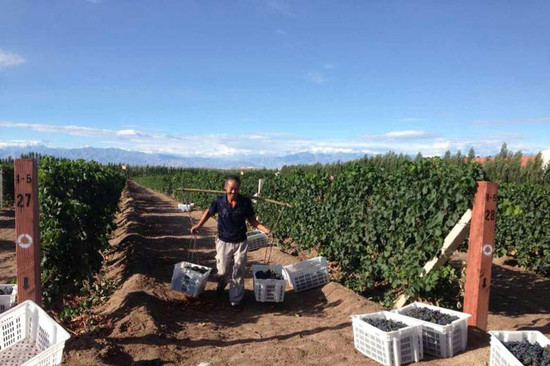
Upgrading winemaking with time
In ancient times, people wait for nature to grant them wines. The only thing they could do was to collect more fruit and pray for more wines. Winemaking, therefore, wasn’t really a job at the time.
As we build our knowledge in winemaking, we started to actively interfere with the process of vinification to meet our various needs. Those who are skilful in the art became the first winemakers. Developing and producing the winemaking equipment and winemaking accessories become separate jobs later.
This leads to another problem: No matter whether the old equipment is still usable or not, they will have to be replaced when a new generation of the equipment is launched, because the companies working to meet the needs of wineries also need to make profits and survive.
Compared to the many highly modernised industries, winemaking as an ancient industry is rather fortunate. Because while the trade is always encouraging consumers to try the new things, there are always supporters of the ‘old ways’. This has practically prevented the overuse of new technology and equipment in the wine business.
The wine trade is also lucky because the winemaking process and the methods to recognizing the quality of wines have not yet (and will be difficult to) been standardized.
This means it is currently not possible to automate the entire winemaking process. Otherwise the winemakers will be forced to upgrade their tools—just like nowadays we can hardly escape the software and hardware upgrades forced by the PC and mobile producers—even though many of us only needed a device to type words and send emails.
Translated by Sylvia Wu / 吴嘉溦
All rights reserved by Future plc. No part of this publication may be reproduced, distributed or transmitted in any form or by any means without the prior written permission of Decanter.
Only Official Media Partners (see About us) of DecanterChina.com may republish part of the content from the site without prior permission under strict Terms & Conditions. Contact china@decanter.com to learn about how to become an Official Media Partner of DecanterChina.com.



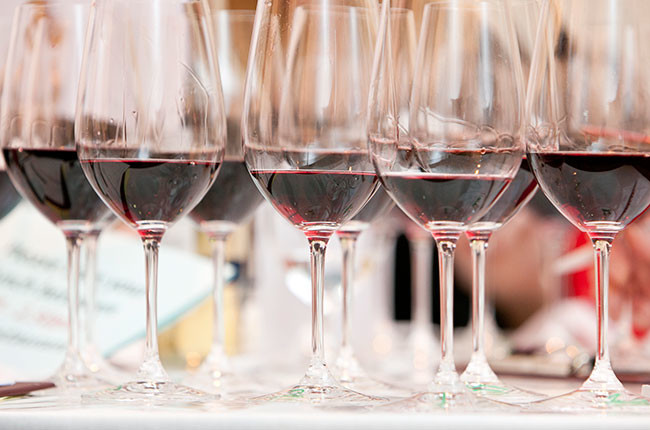
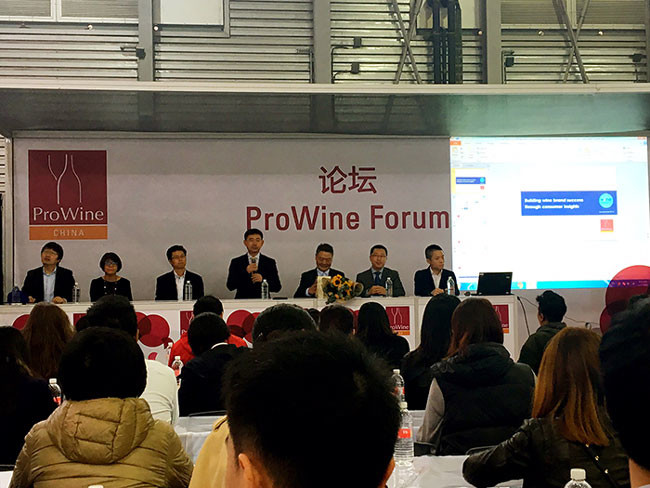
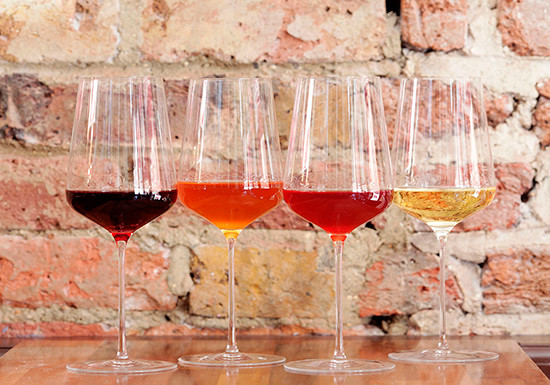
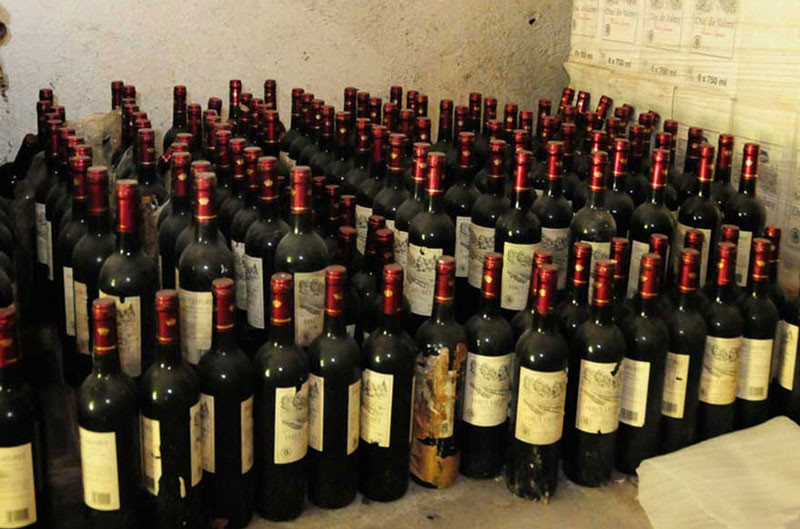
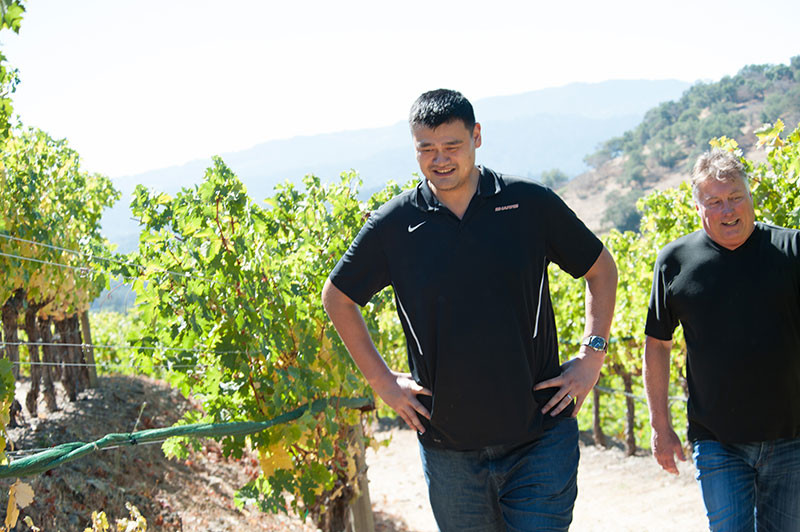
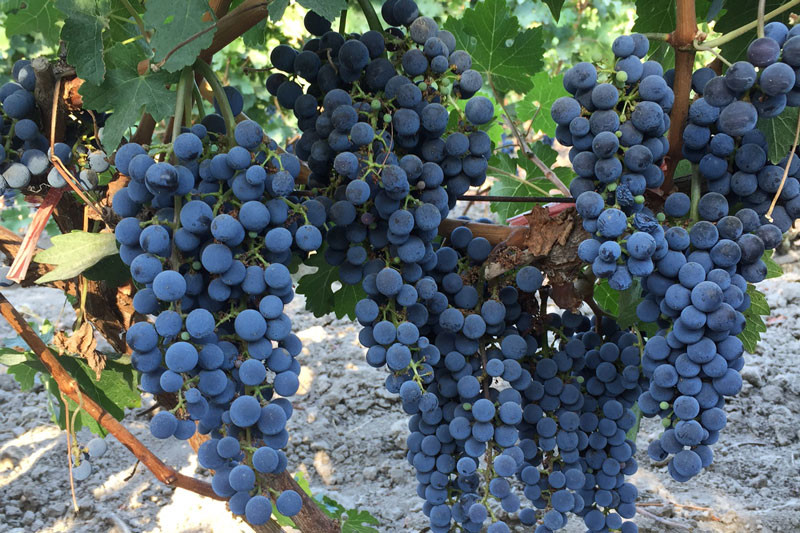
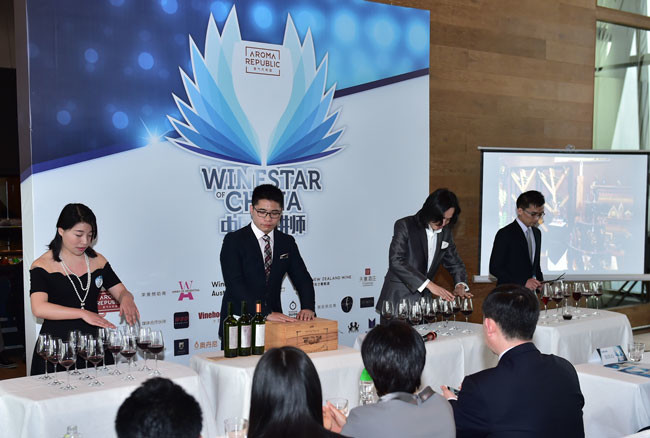
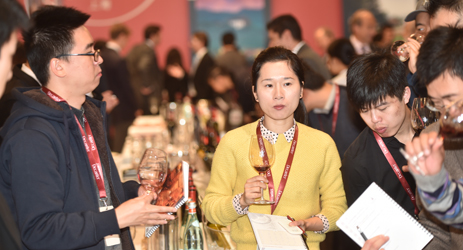
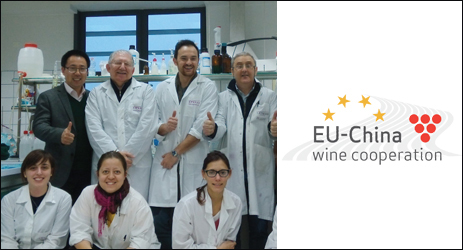
Comments
Submit